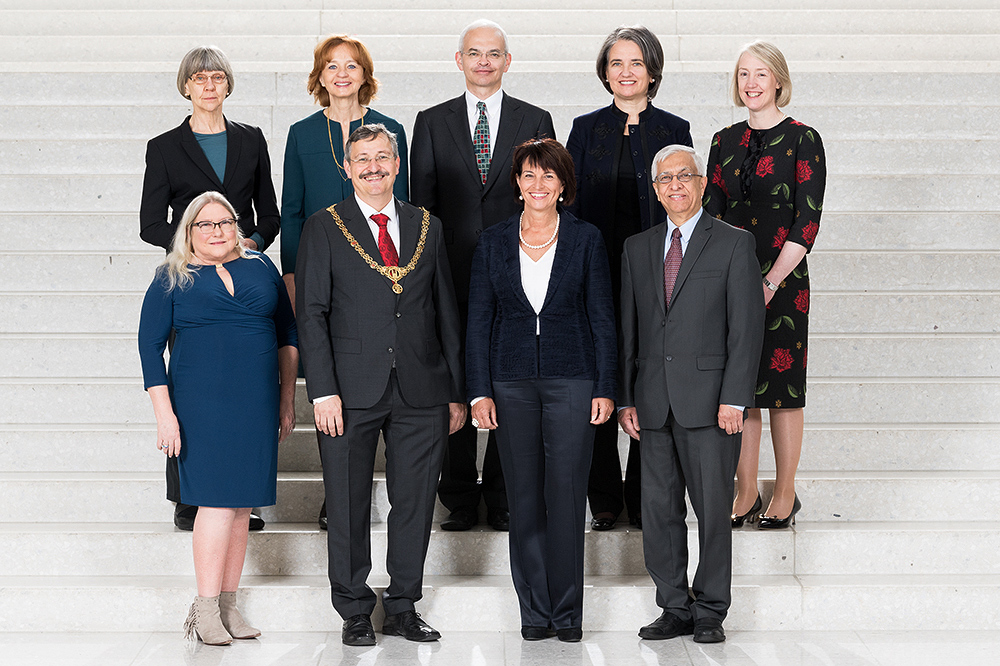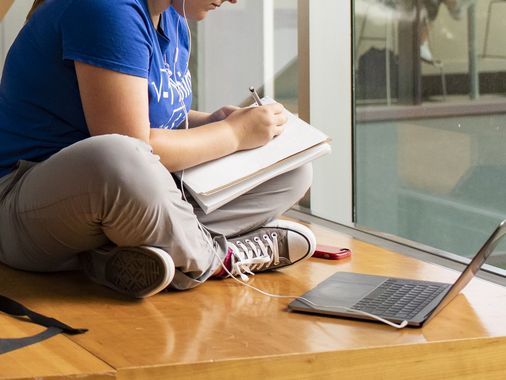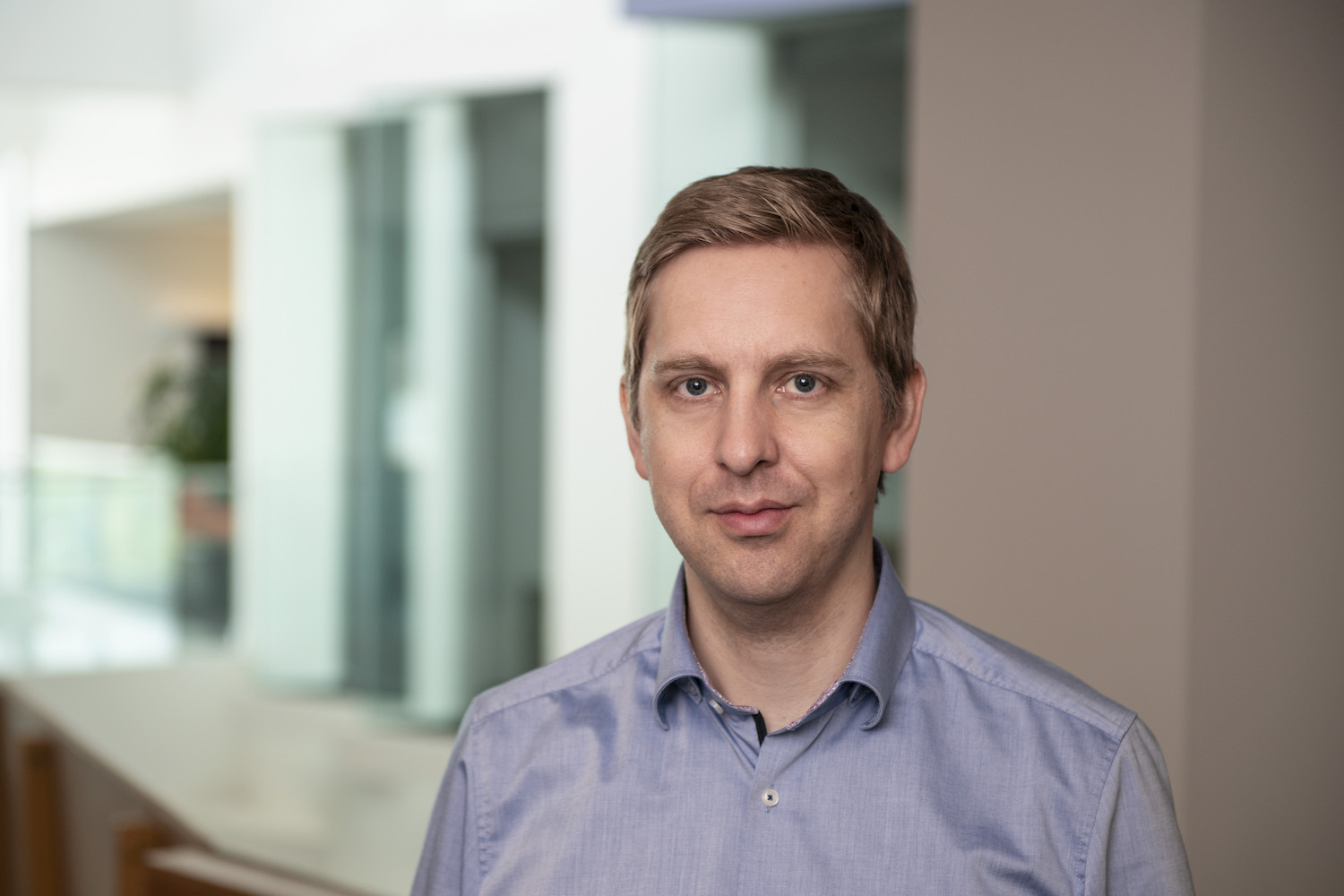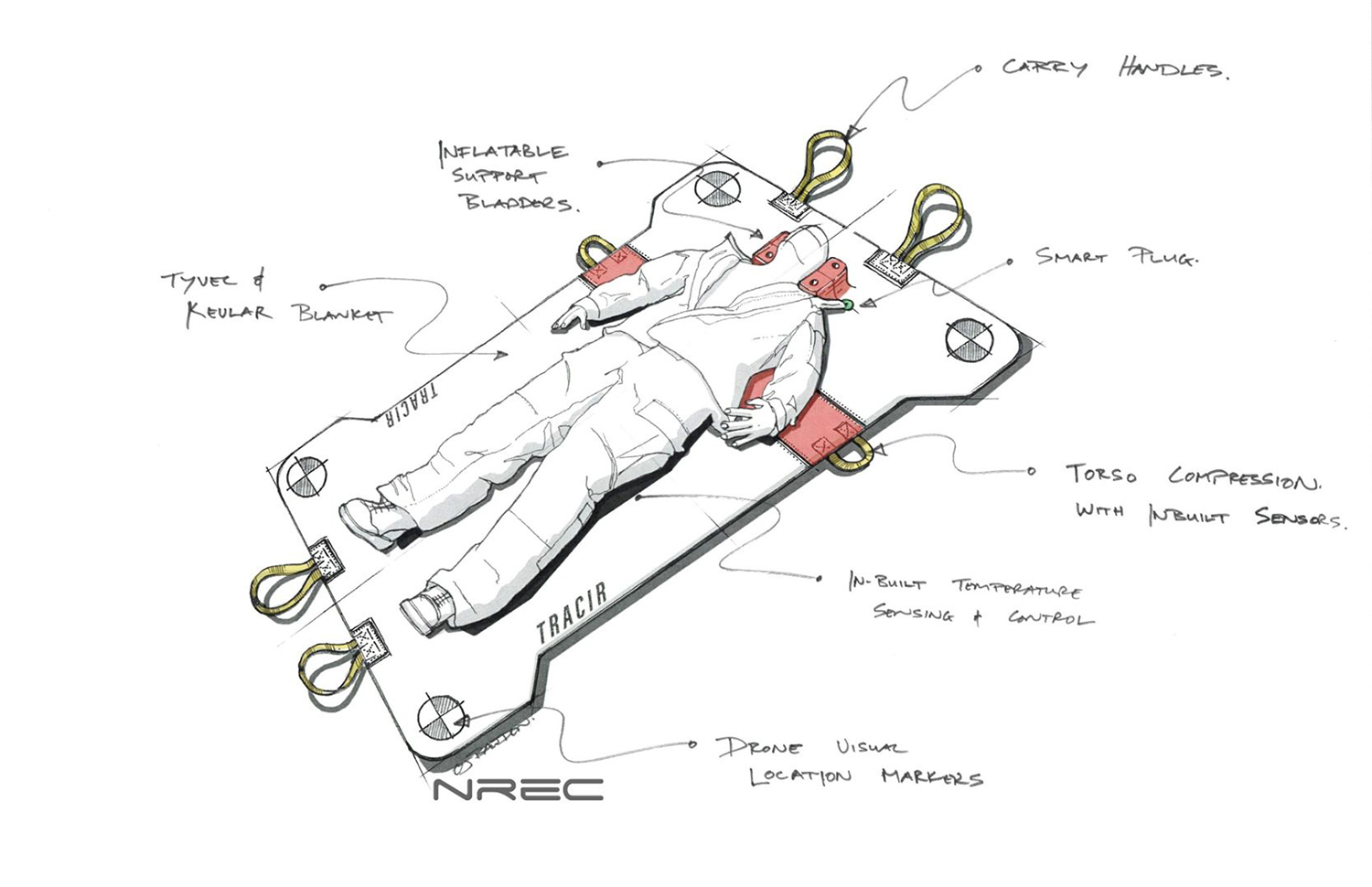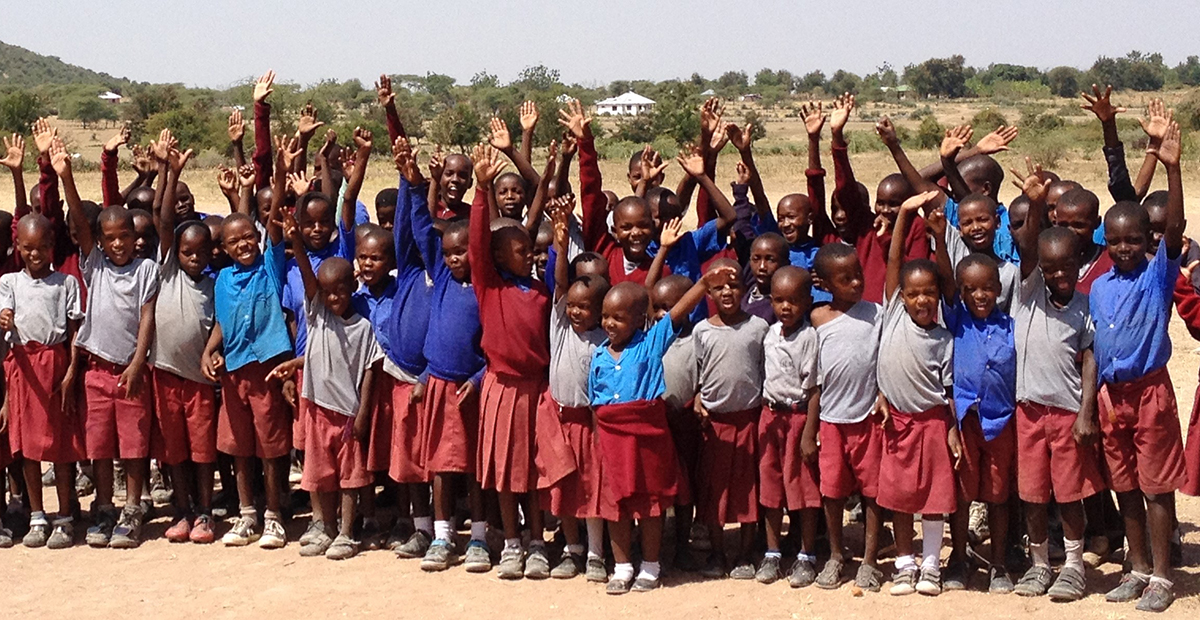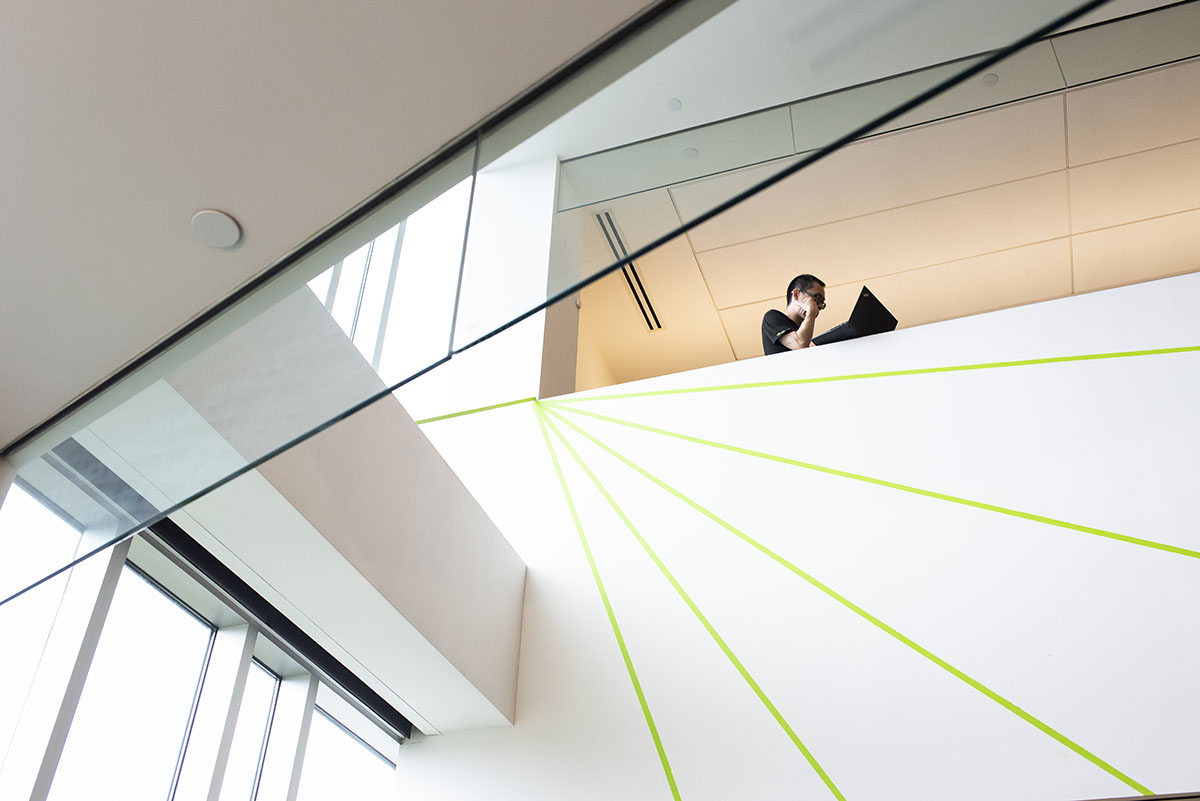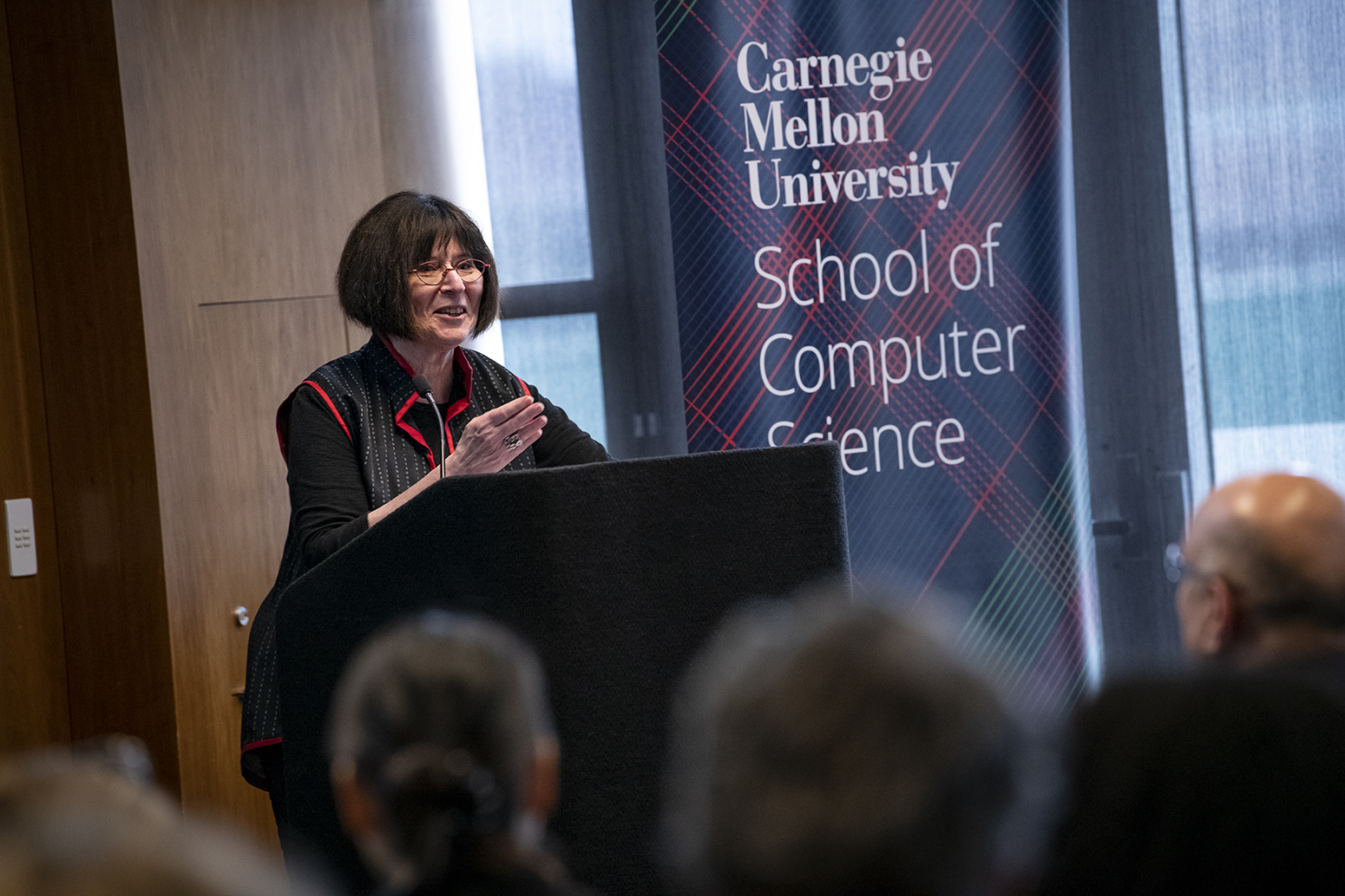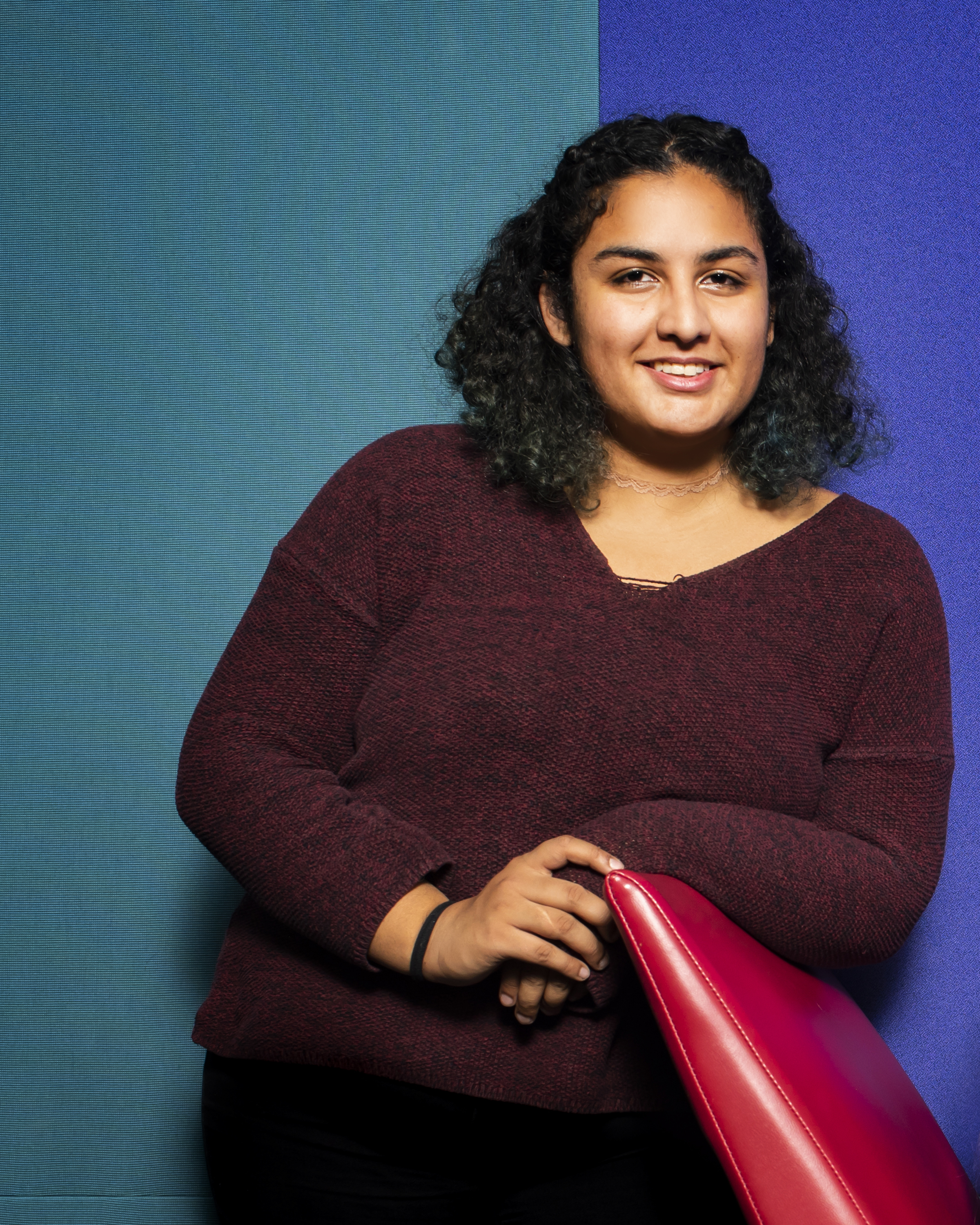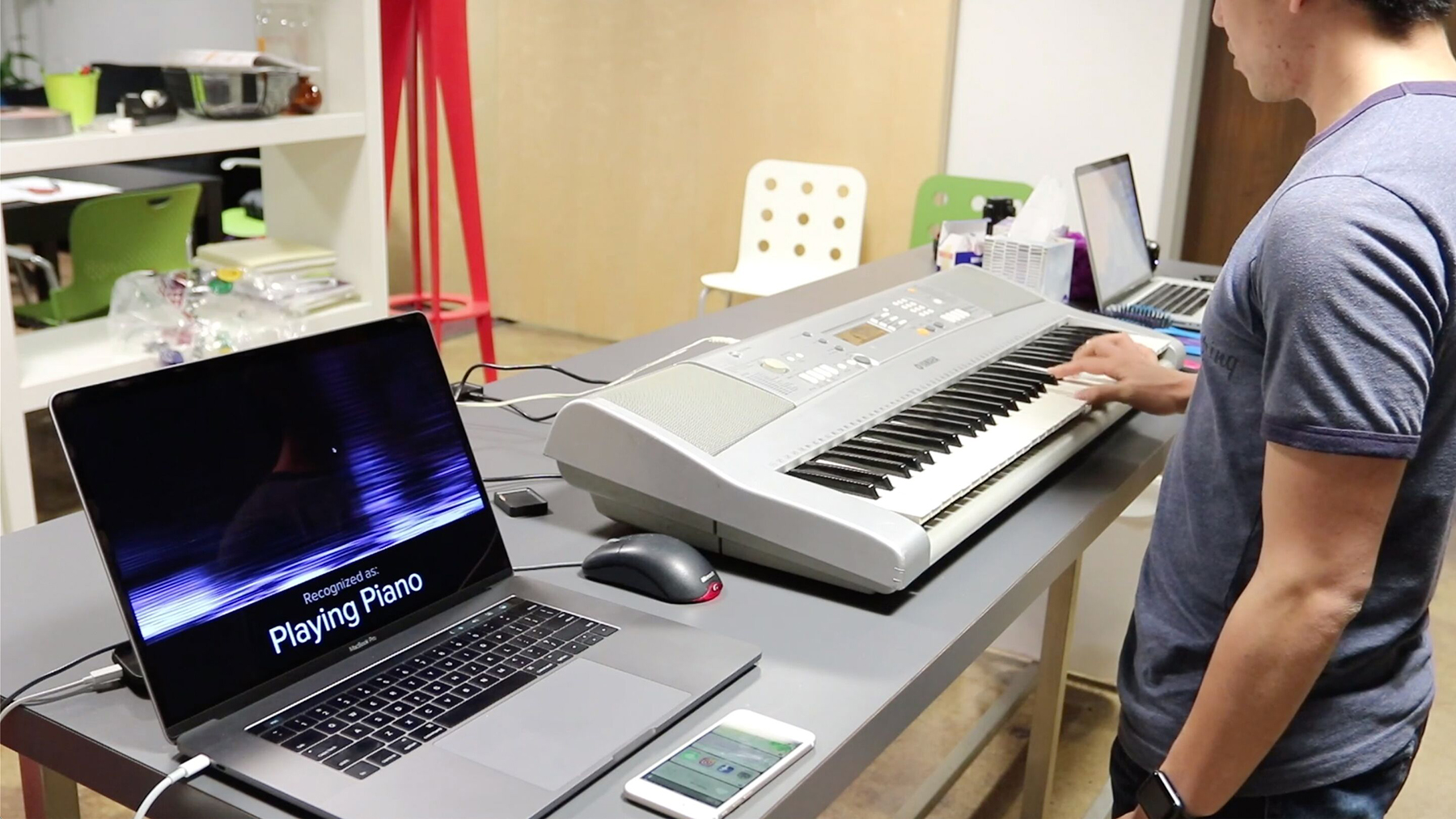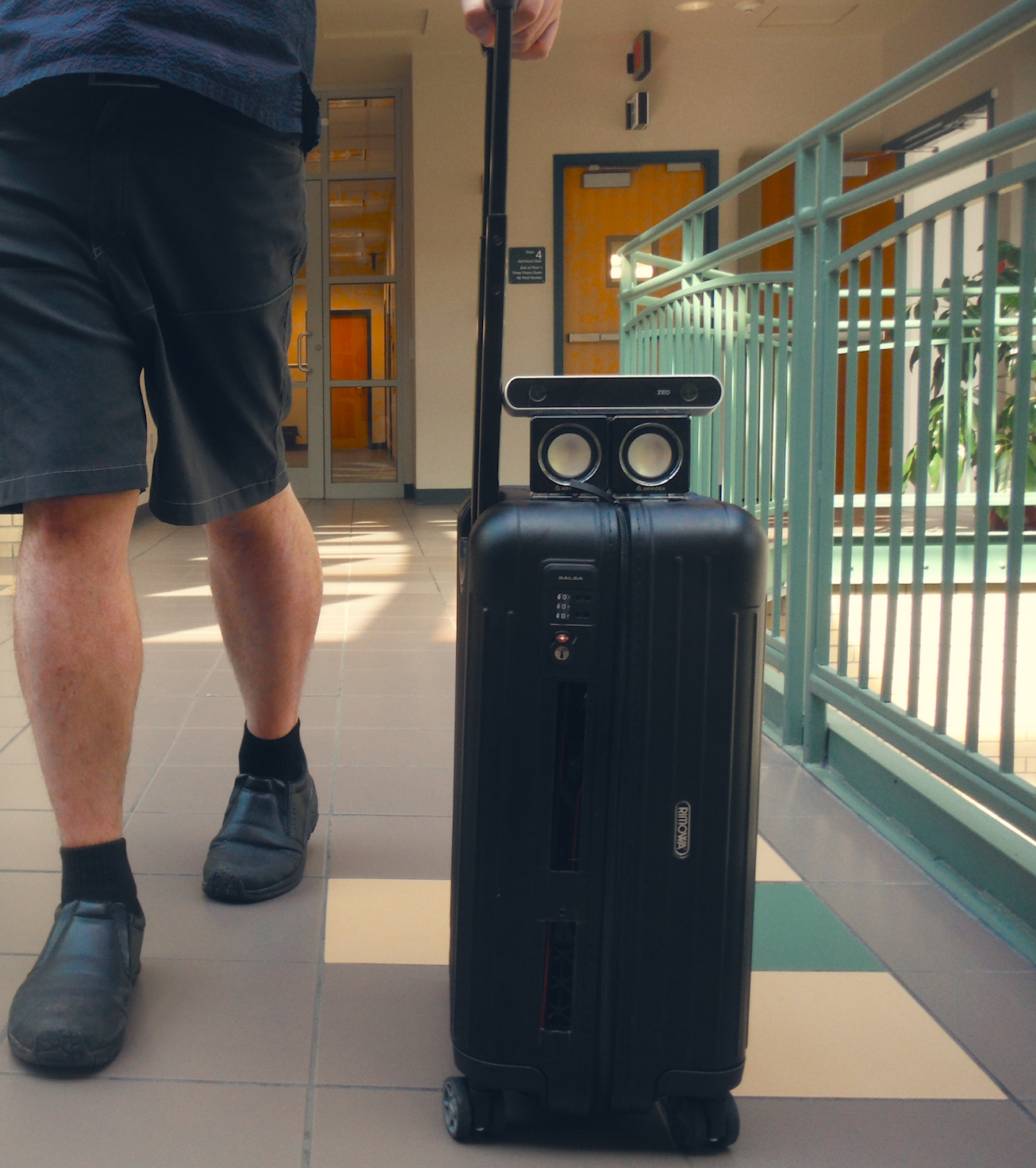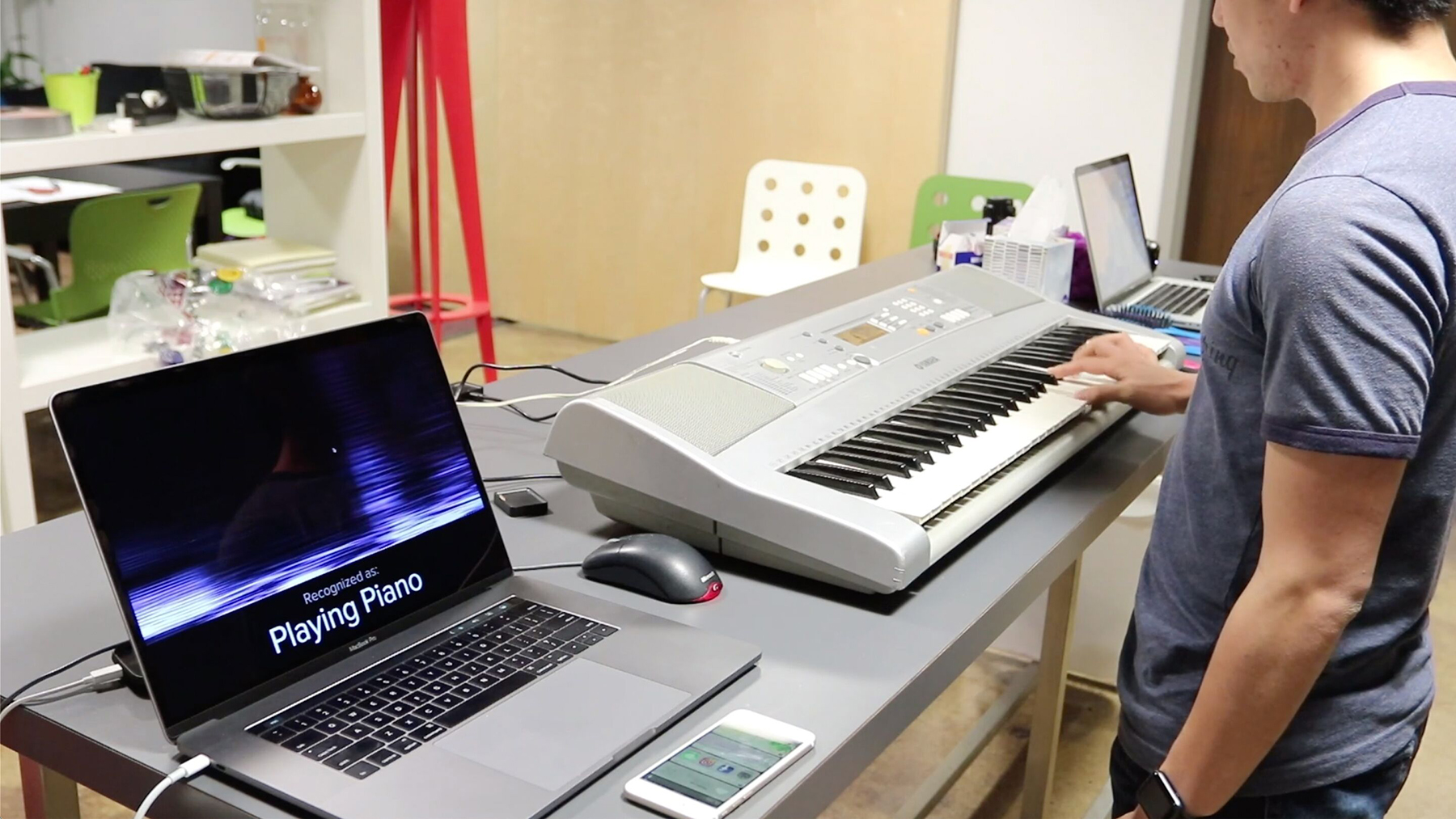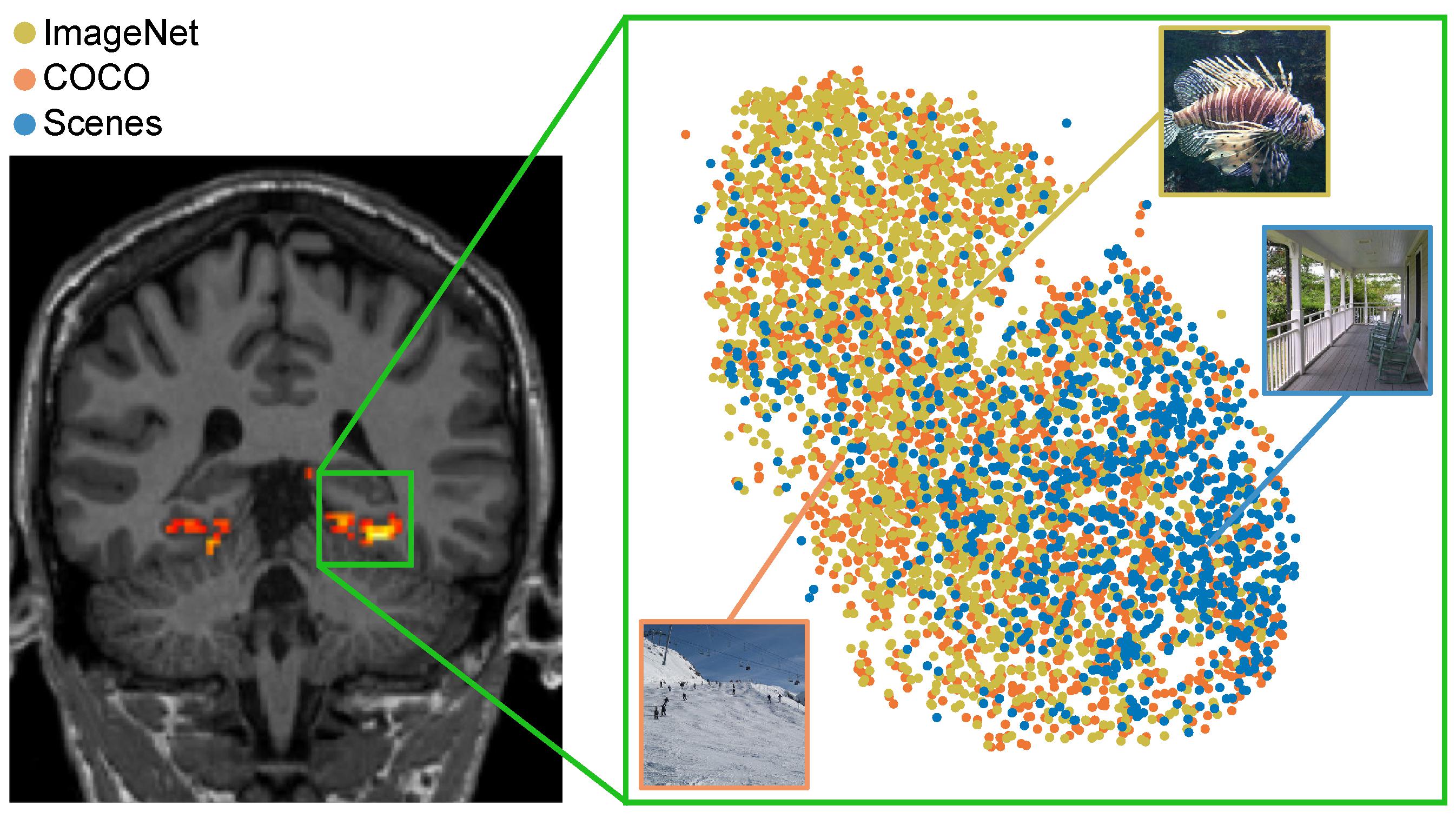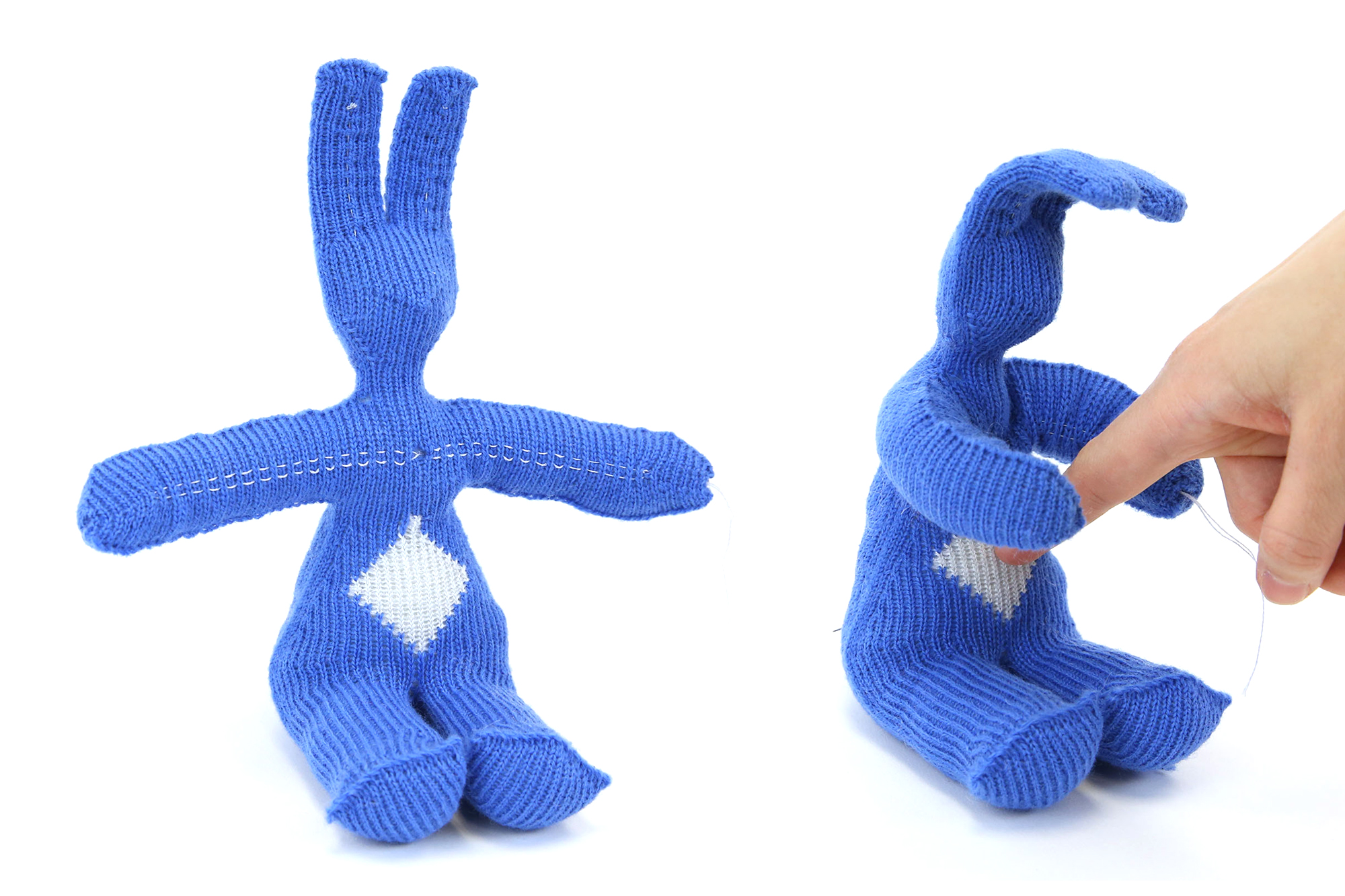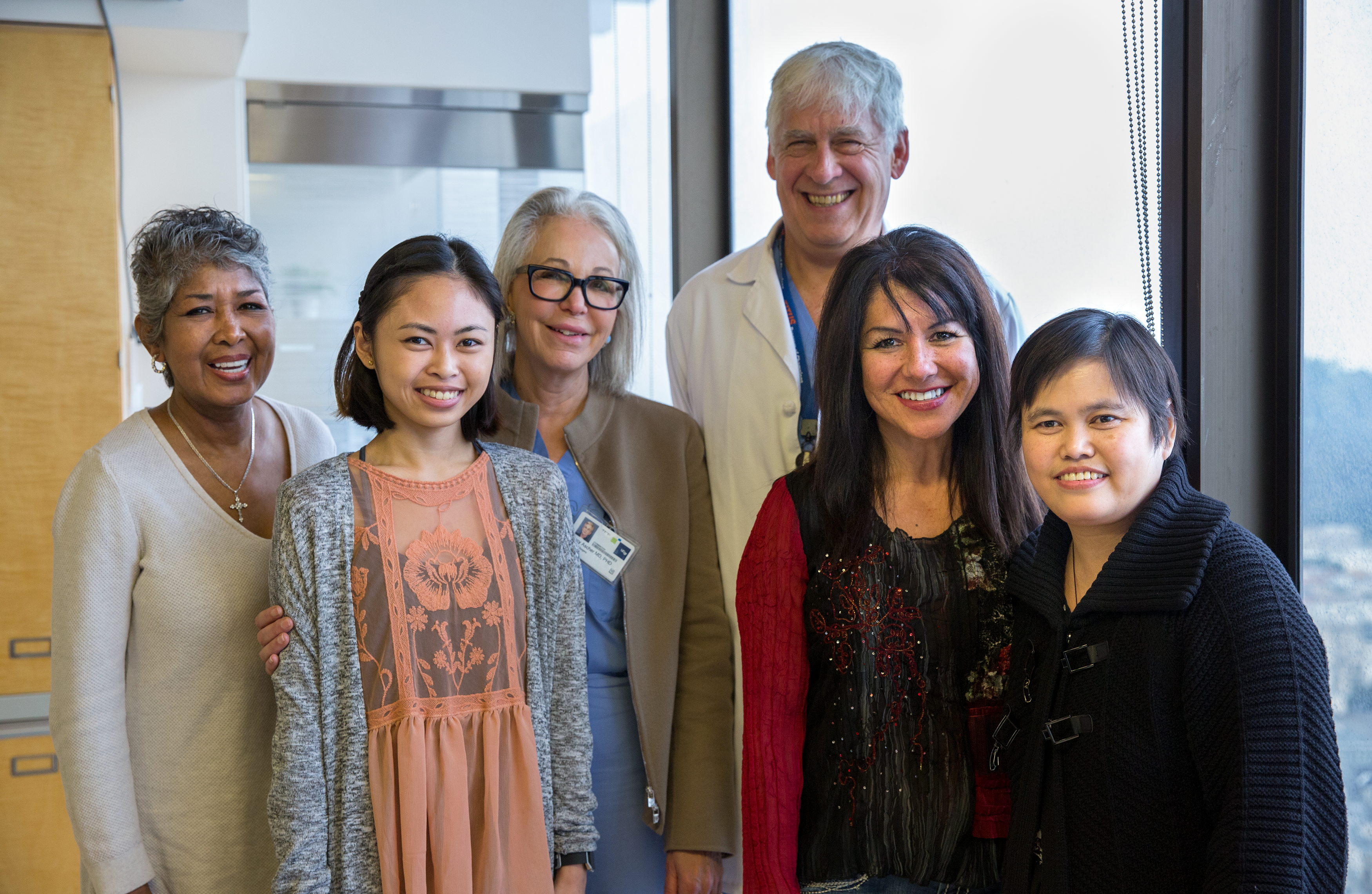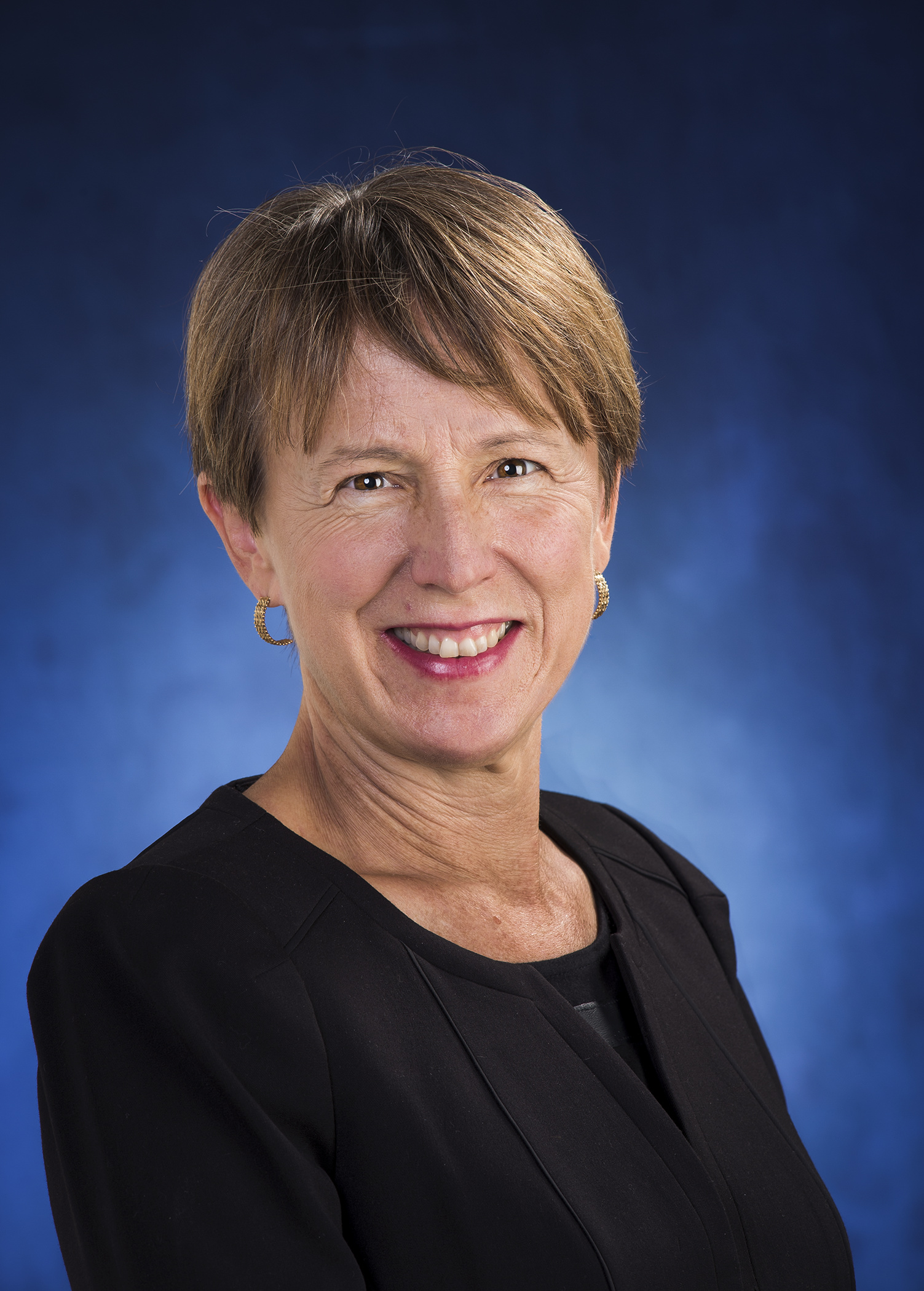Carley Awarded Honorary Doctorate by University of Zurich
Kathleen M. Carley, a professor in the Institute for Software Research and the Engineering and Public Policy Department, has received an honorary doctorate from the Faculty of Business, Economics and Informatics of the University of Zurich. In their statement regarding Carley's degree, the University of Zurich noted that her work constitutes "pioneering contributions to our understanding of social systems by means of computational methods. Through the development of new methods to study social networks, she shaped the development of data science and computational social science and provided important stimuli for the study of digital societies." Carley, who founded and directs the Center for Computational Analysis of Social and Organizational Systems (CASOS), has made seminal contributions to the computational and data-driven study of social organizations, and is a pioneer of data science and computational social science. She has led the development of software tools for network analysis, agent-based modeling and epidemiological modeling used in academia and industry. She is also the founder and leader of the newly emerging field of social cybersecurity. The University of Zurich, founded in 1833, is widely regarded as one of the leading research universities in Europe. More than 12 Nobel Prize laureates are associated with the institution, which was the first in Europe to be founded by the state rather than a monarch or church. For more on Carley's work, read the full story on the ISR website.

